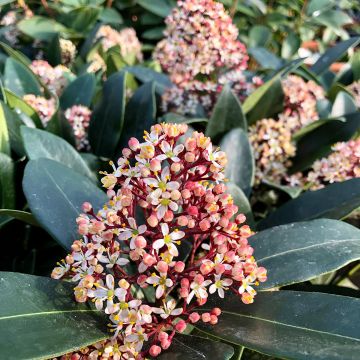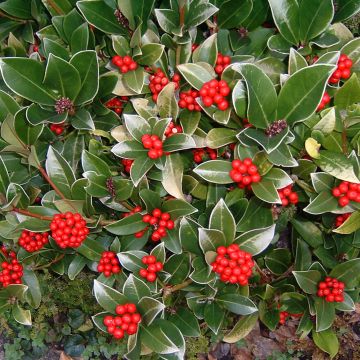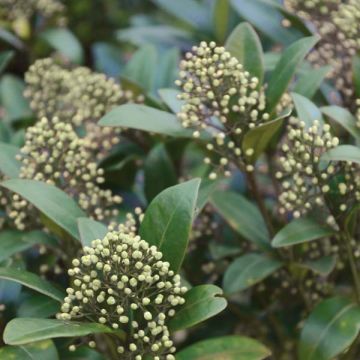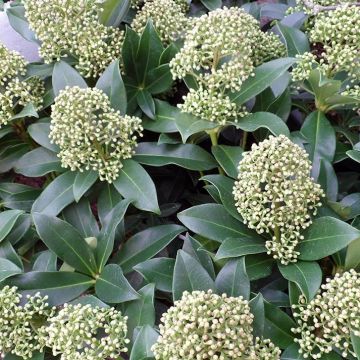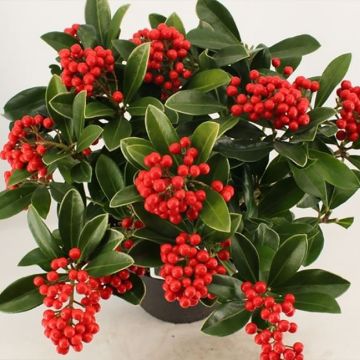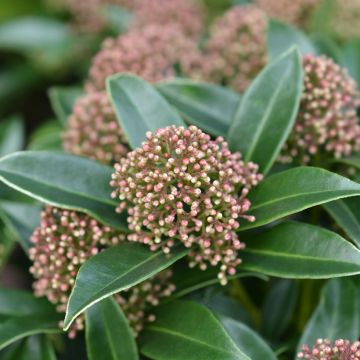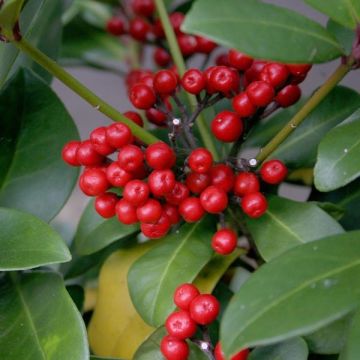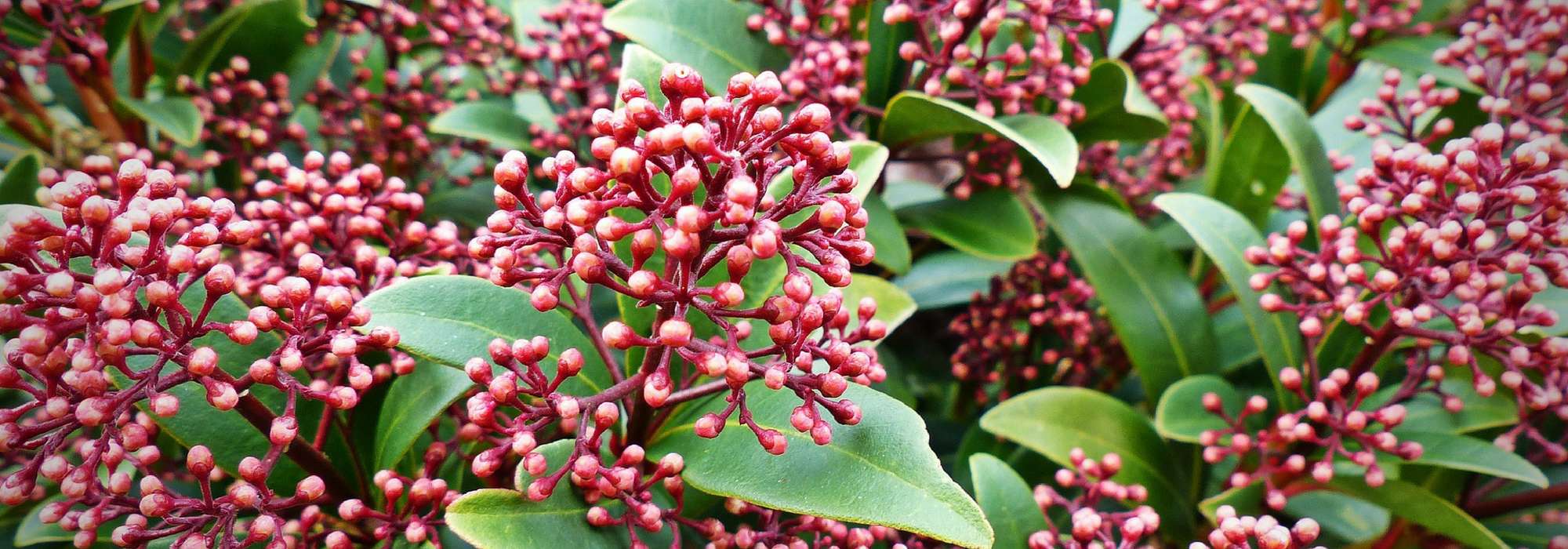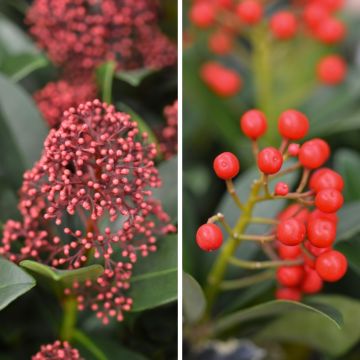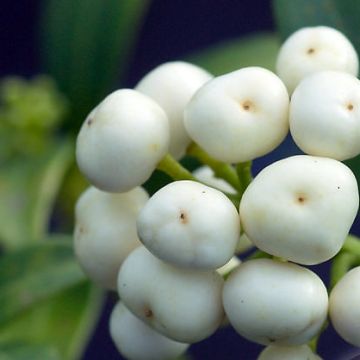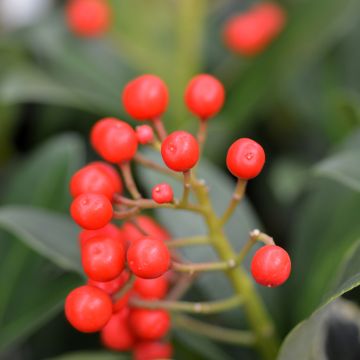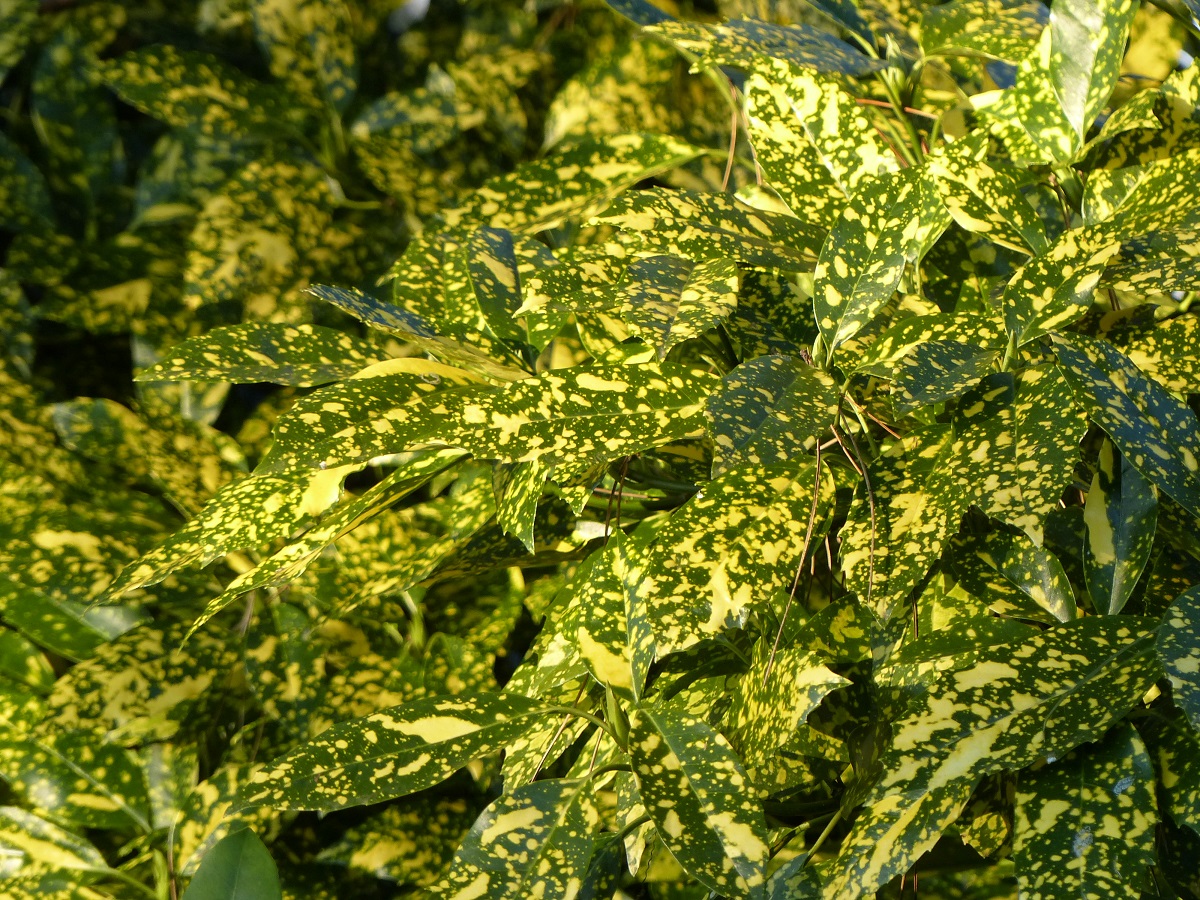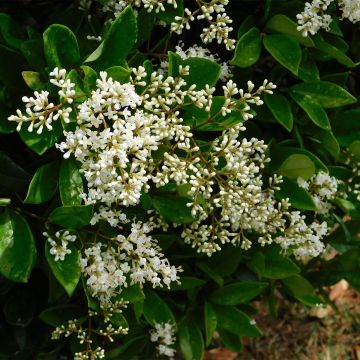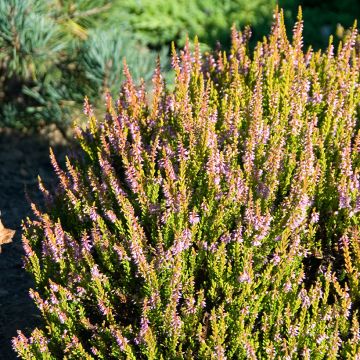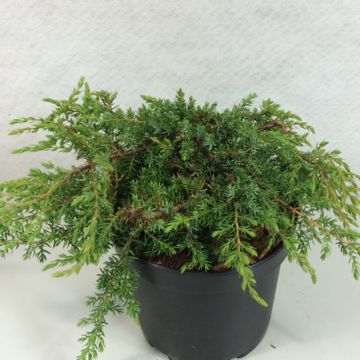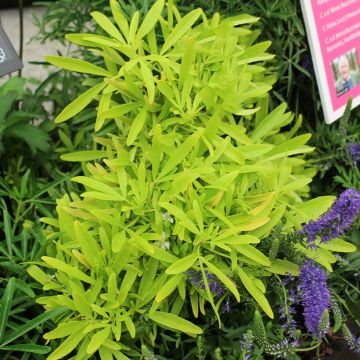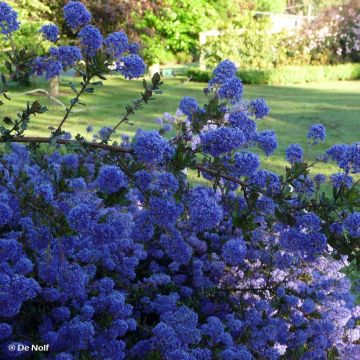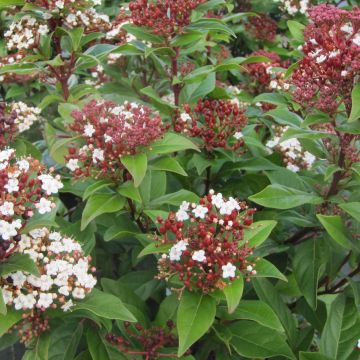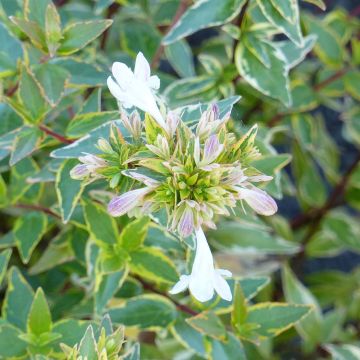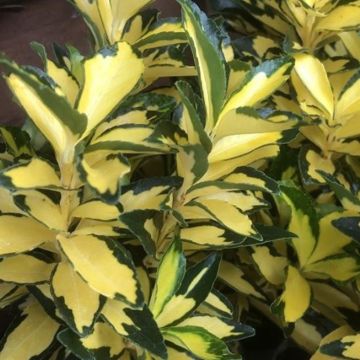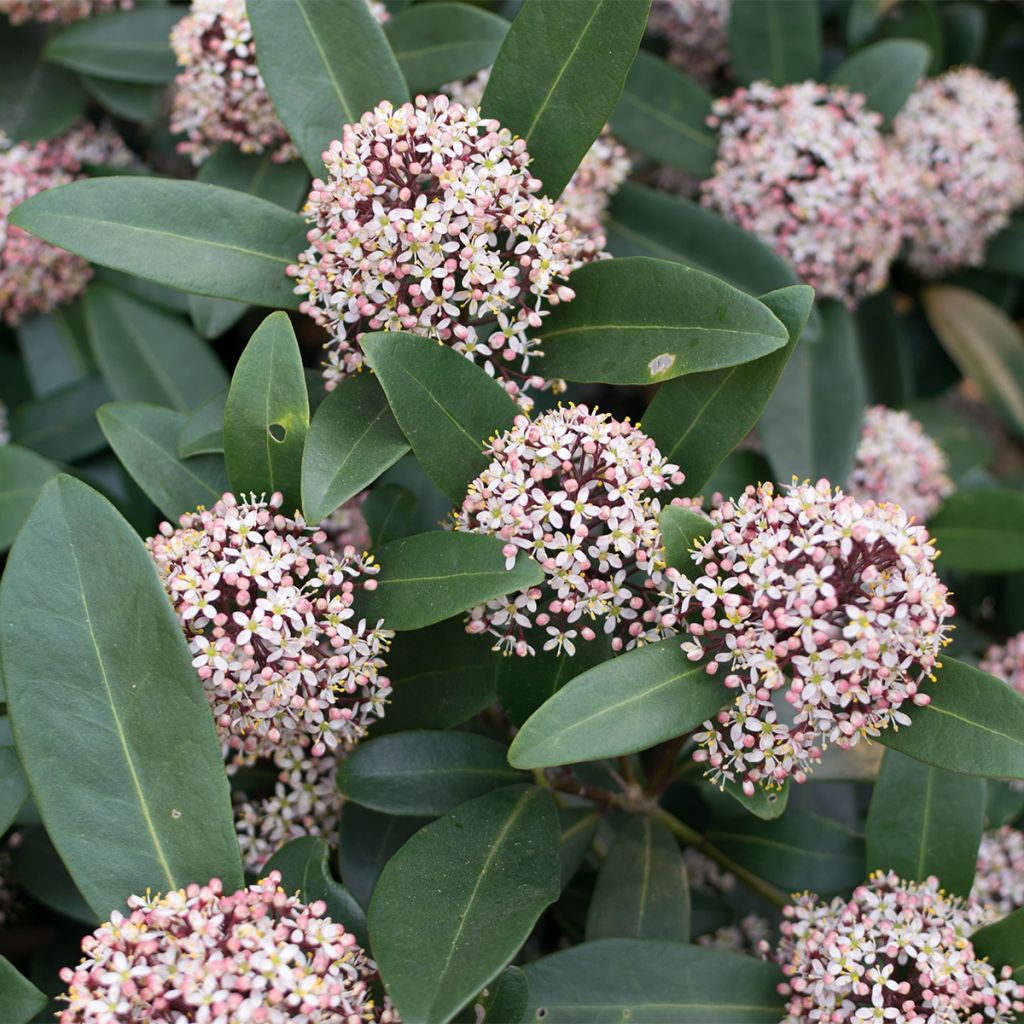

Skimmia japonica Godries Dwarf
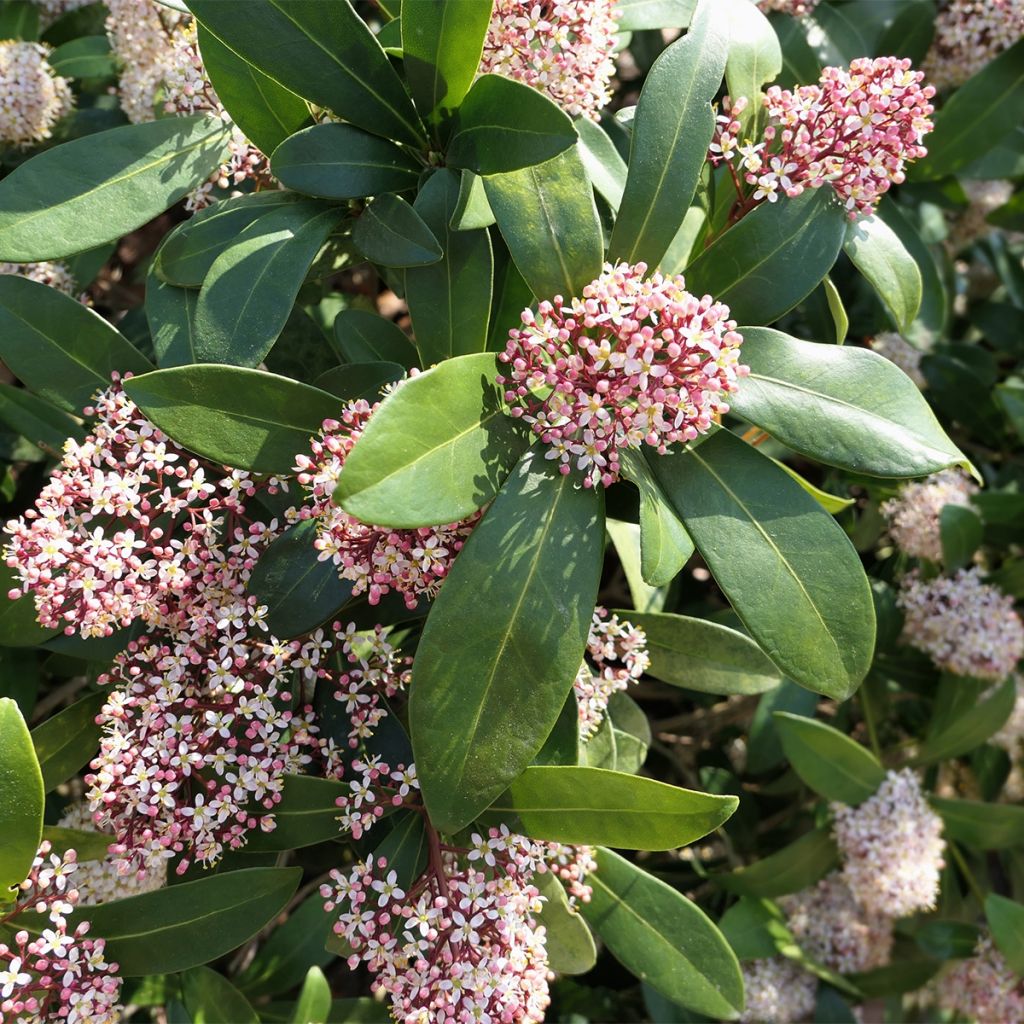

Skimmia japonica Godries Dwarf
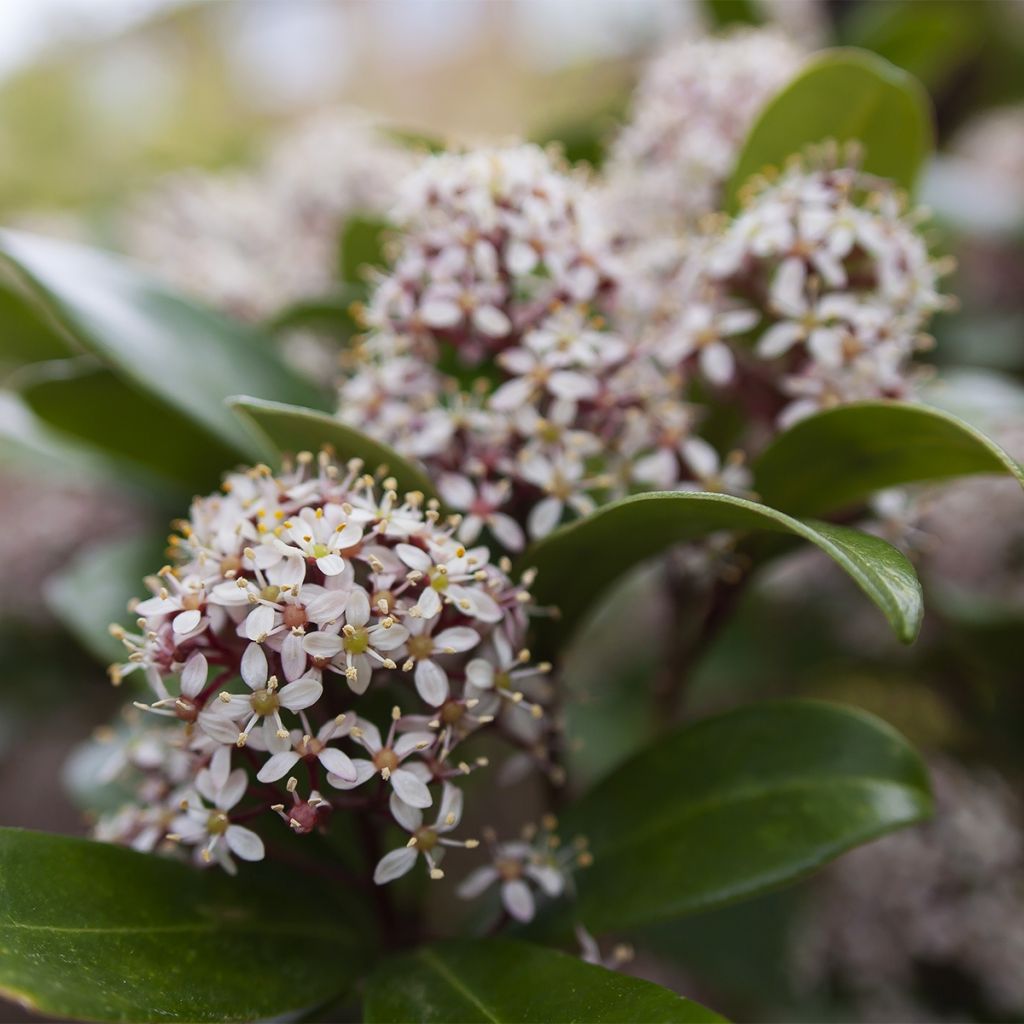

Skimmia japonica Godries Dwarf
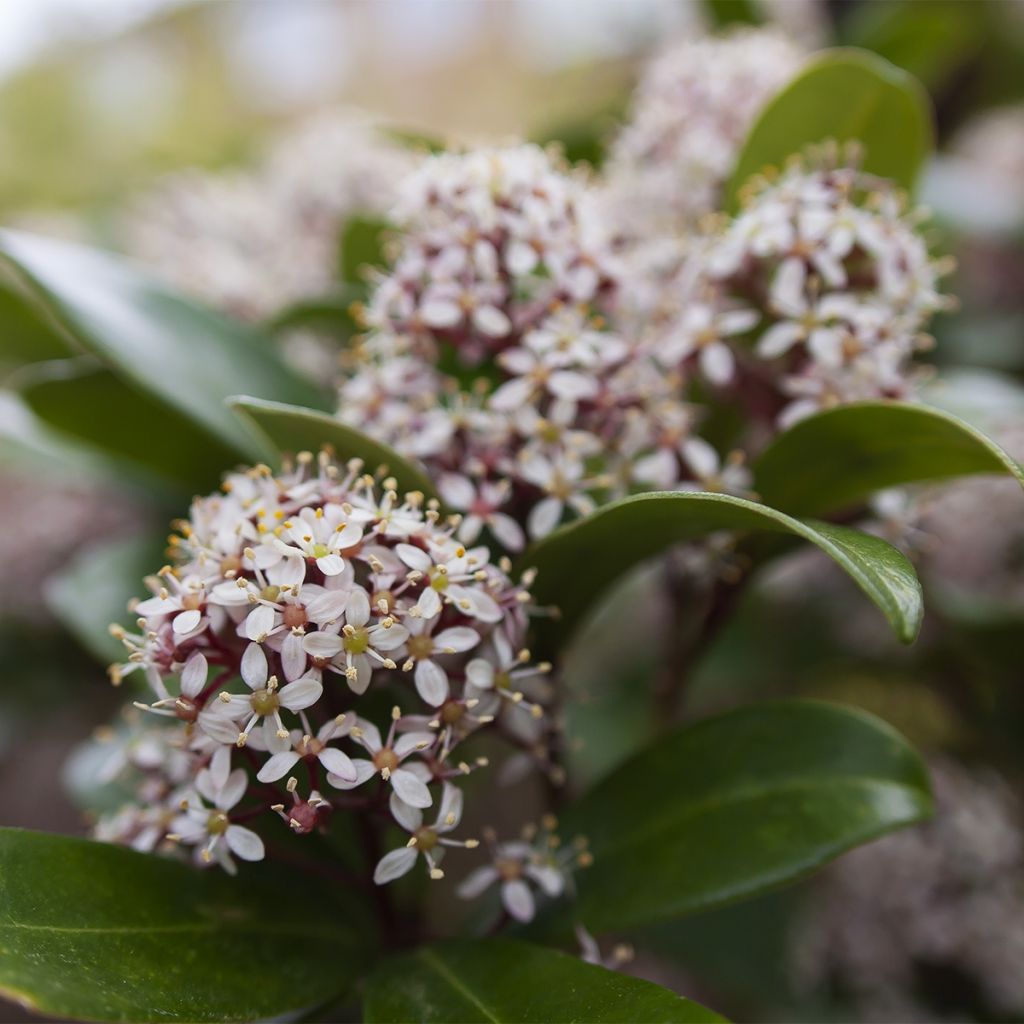

Skimmia japonica Godries Dwarf
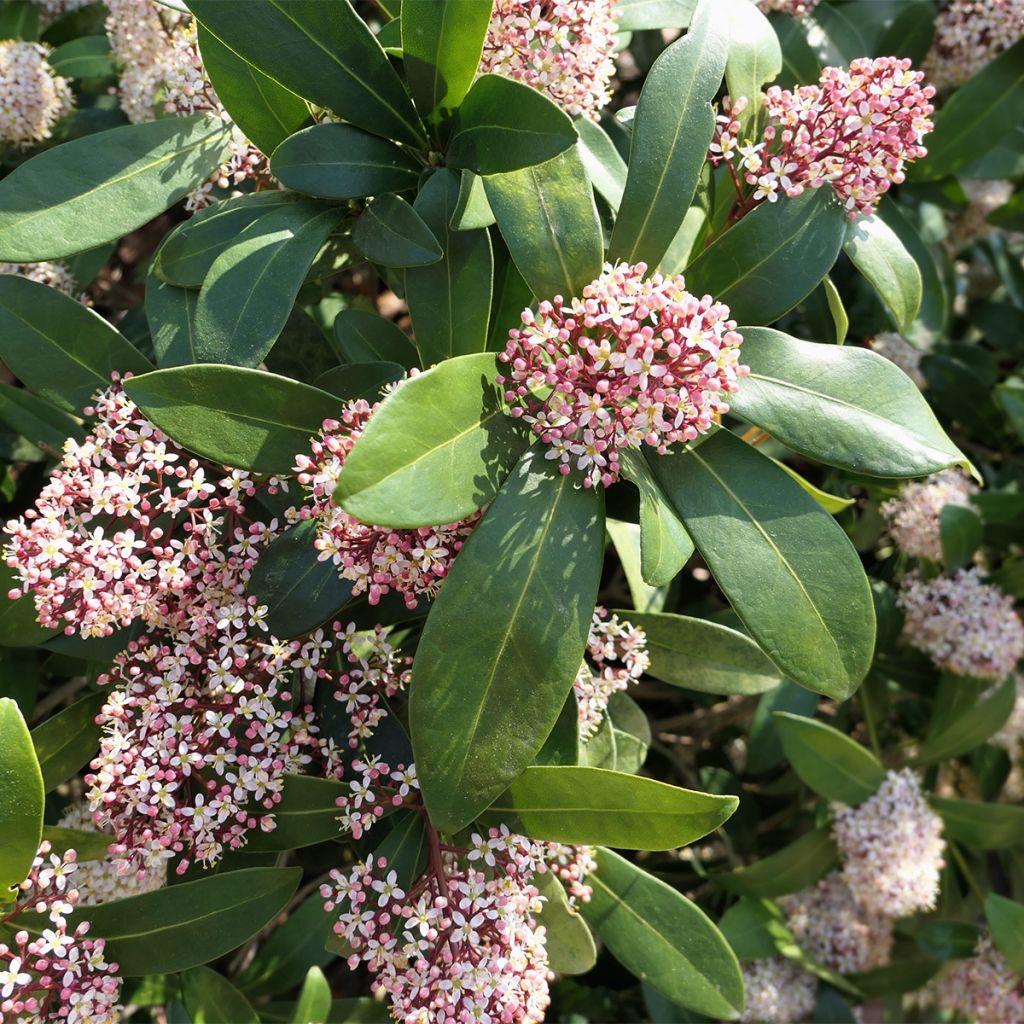

Skimmia japonica Godries Dwarf
Skimmia japonica Godries Dwarf
Skimmia japonica Godrie's Dwarf
Japanese Skimmia
Special offer!
Receive a €20 voucher for any order over €90 (excluding delivery costs, credit notes, and plastic-free options)!
1- Add your favorite plants to your cart.
2- Once you have reached €90, confirm your order (you can even choose the delivery date!).
3- As soon as your order is shipped, you will receive an email containing your voucher code, valid for 3 months (90 days).
Your voucher is unique and can only be used once, for any order with a minimum value of €20, excluding delivery costs.
Can be combined with other current offers, non-divisible and non-refundable.
Why not try an alternative variety in stock?
View all →This plant carries a 24 months recovery warranty
More information
We guarantee the quality of our plants for a full growing cycle, and will replace at our expense any plant that fails to recover under normal climatic and planting conditions.
Would this plant suit my garden?
Set up your Plantfit profile →
Description
The Skimmia japonica 'Godrie's Dwarf' is a dwarf Japanese Skimmia with a lovely compact, rounded, and bushy habit. Its fragrant spring flowering in panicles of white tinged with pink is magnificent against its dark green, glossy evergreen foliage. Skimmia japonica is easy to grow in shade or partial shade, preferably moist and lime-free soil rich in humus, just like rhododendrons and camellias, with which it forms beautiful pairings in the ground or containers.
Belonging to the Rutaceae family, like citrus trees, Skimmia japonica is originally an Asian plant present in Southeast Asia. 'Godrie's Dwarf' is a dwarf horticultural variety with a bushy habit. It is nicely rounded and compact, almost as wide as tall, and its growth is relatively slow. At maturity, the shrub will reach approximately 60 cm (24in) in all directions. Floral buds form from autumn on the branches; they are purple-pink in colour, carried by petioles of the same tone, and remain throughout the winter. Flowering in April-May is in the form of panicles measuring 3 to 8 cm (1 to 3in) long. They consist of many small star-shaped flowers in white-pink colour measuring a few millimetres. Their fragrance, which evokes vanilla, can be enjoyed several metres away. The evergreen foliage is composed of leathery oval-shaped leaves measuring 5 to 10 cm (2 to 4in) long and tapering to a point. They are arranged alternately on the branches. Their colour is a dark, glossy green. The thick foliage is slightly aromatic when crushed and not edible. This shrub is also very hardy, at a minimum of -15°C.
Japanese Skimmia is a plant that thrives in cool and humid climates. It is suitable for planting in the undergrowth, along a north-facing facade, shrub bed, or a small shaded hedge. However, it cannot tolerate chalky and/or dry soils in hot conditions. It can grow under challenging conditions, such as under bamboo or large trees. It thrives in shade or partial shade in the company of Camellias, Rhododendrons, Heathers, and Hydrangeas. Plant Cyclamen, Bergenia, and Eranthis at its base. This male variety will pollinate several female Skimmia plants, such as 'Olympic Flame' or 'Nymans', producing small bright red non-edible berries that are very decorative for humans. 'Godrie's Dwarf' is particularly suitable for cultivation in pots or containers to decorate shaded patios and balconies.
Skimmia japonica Godries Dwarf in pictures
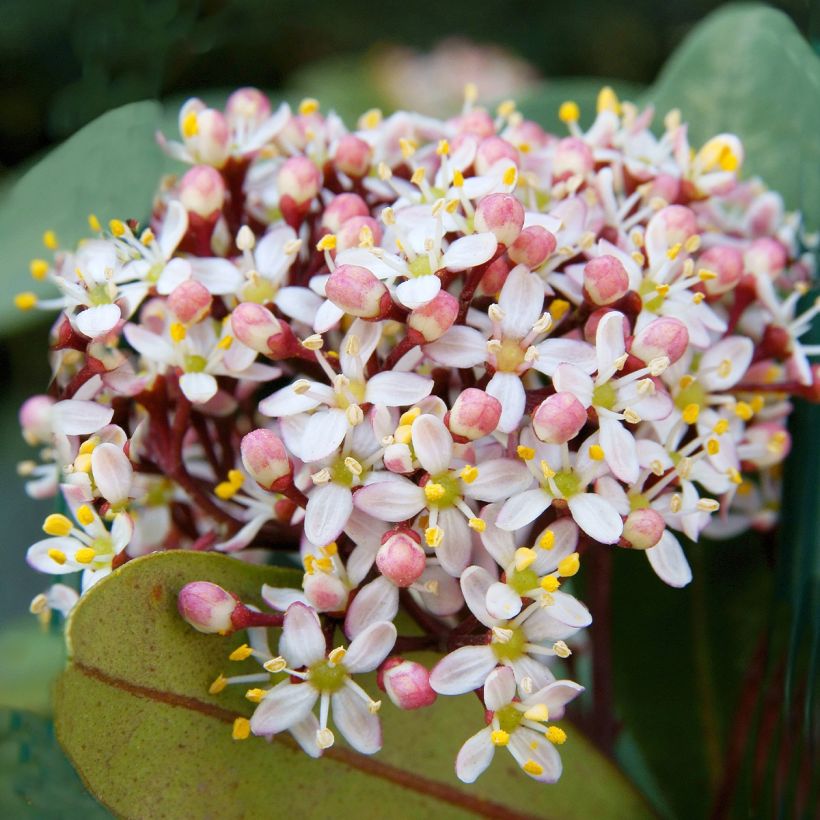



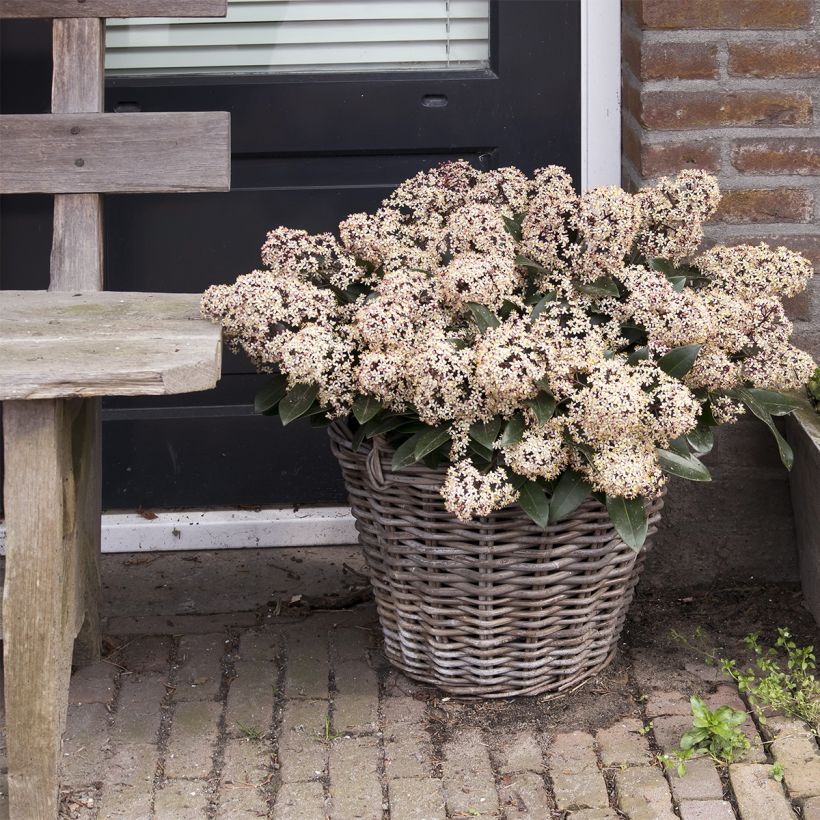

Plant habit
Flowering
Foliage
Botanical data
Skimmia
japonica
Godrie's Dwarf
Rutaceae
Japanese Skimmia
Cultivar or hybrid
Other Skimmia
View all →Planting and care
When planting Skimmia japonica 'Godrie's Dwarf', choose a spot with partial or full shade and soil that is humus-rich, moist, and well-drained. Acidic soil is preferable; combining ericaceous soil and leaf compost is a good option. Avoid planting in areas with direct sunlight, alkaline limestone soil, poor and dry soil, or heavy soil. These conditions can result in the yellowing of the leaves and brown spots. It's best to place skimmias in a sheltered area protected from strong winds and cold drafts. Remember to water regularly, as Skimmia japonica doesn't tolerate drought. Keep in mind that scale insects can attack Skimmia japonica.
Planting period
Intended location
Care
Planting & care advice
This item has not been reviewed yet - be the first to leave a review about it.
Similar products
Haven't found what you were looking for?
Hardiness is the lowest winter temperature a plant can endure without suffering serious damage or even dying. However, hardiness is affected by location (a sheltered area, such as a patio), protection (winter cover) and soil type (hardiness is improved by well-drained soil).

Photo Sharing Terms & Conditions
In order to encourage gardeners to interact and share their experiences, Promesse de fleurs offers various media enabling content to be uploaded onto its Site - in particular via the ‘Photo sharing’ module.
The User agrees to refrain from:
- Posting any content that is illegal, prejudicial, insulting, racist, inciteful to hatred, revisionist, contrary to public decency, that infringes on privacy or on the privacy rights of third parties, in particular the publicity rights of persons and goods, intellectual property rights, or the right to privacy.
- Submitting content on behalf of a third party;
- Impersonate the identity of a third party and/or publish any personal information about a third party;
In general, the User undertakes to refrain from any unethical behaviour.
All Content (in particular text, comments, files, images, photos, videos, creative works, etc.), which may be subject to property or intellectual property rights, image or other private rights, shall remain the property of the User, subject to the limited rights granted by the terms of the licence granted by Promesse de fleurs as stated below. Users are at liberty to publish or not to publish such Content on the Site, notably via the ‘Photo Sharing’ facility, and accept that this Content shall be made public and freely accessible, notably on the Internet.
Users further acknowledge, undertake to have ,and guarantee that they hold all necessary rights and permissions to publish such material on the Site, in particular with regard to the legislation in force pertaining to any privacy, property, intellectual property, image, or contractual rights, or rights of any other nature. By publishing such Content on the Site, Users acknowledge accepting full liability as publishers of the Content within the meaning of the law, and grant Promesse de fleurs, free of charge, an inclusive, worldwide licence for the said Content for the entire duration of its publication, including all reproduction, representation, up/downloading, displaying, performing, transmission, and storage rights.
Users also grant permission for their name to be linked to the Content and accept that this link may not always be made available.
By engaging in posting material, Users consent to their Content becoming automatically accessible on the Internet, in particular on other sites and/or blogs and/or web pages of the Promesse de fleurs site, including in particular social pages and the Promesse de fleurs catalogue.
Users may secure the removal of entrusted content free of charge by issuing a simple request via our contact form.
The flowering period indicated on our website applies to countries and regions located in USDA zone 8 (France, the United Kingdom, Ireland, the Netherlands, etc.)
It will vary according to where you live:
- In zones 9 to 10 (Italy, Spain, Greece, etc.), flowering will occur about 2 to 4 weeks earlier.
- In zones 6 to 7 (Germany, Poland, Slovenia, and lower mountainous regions), flowering will be delayed by 2 to 3 weeks.
- In zone 5 (Central Europe, Scandinavia), blooming will be delayed by 3 to 5 weeks.
In temperate climates, pruning of spring-flowering shrubs (forsythia, spireas, etc.) should be done just after flowering.
Pruning of summer-flowering shrubs (Indian Lilac, Perovskia, etc.) can be done in winter or spring.
In cold regions as well as with frost-sensitive plants, avoid pruning too early when severe frosts may still occur.
The planting period indicated on our website applies to countries and regions located in USDA zone 8 (France, United Kingdom, Ireland, Netherlands).
It will vary according to where you live:
- In Mediterranean zones (Marseille, Madrid, Milan, etc.), autumn and winter are the best planting periods.
- In continental zones (Strasbourg, Munich, Vienna, etc.), delay planting by 2 to 3 weeks in spring and bring it forward by 2 to 4 weeks in autumn.
- In mountainous regions (the Alps, Pyrenees, Carpathians, etc.), it is best to plant in late spring (May-June) or late summer (August-September).
The harvesting period indicated on our website applies to countries and regions in USDA zone 8 (France, England, Ireland, the Netherlands).
In colder areas (Scandinavia, Poland, Austria...) fruit and vegetable harvests are likely to be delayed by 3-4 weeks.
In warmer areas (Italy, Spain, Greece, etc.), harvesting will probably take place earlier, depending on weather conditions.
The sowing periods indicated on our website apply to countries and regions within USDA Zone 8 (France, UK, Ireland, Netherlands).
In colder areas (Scandinavia, Poland, Austria...), delay any outdoor sowing by 3-4 weeks, or sow under glass.
In warmer climes (Italy, Spain, Greece, etc.), bring outdoor sowing forward by a few weeks.






























